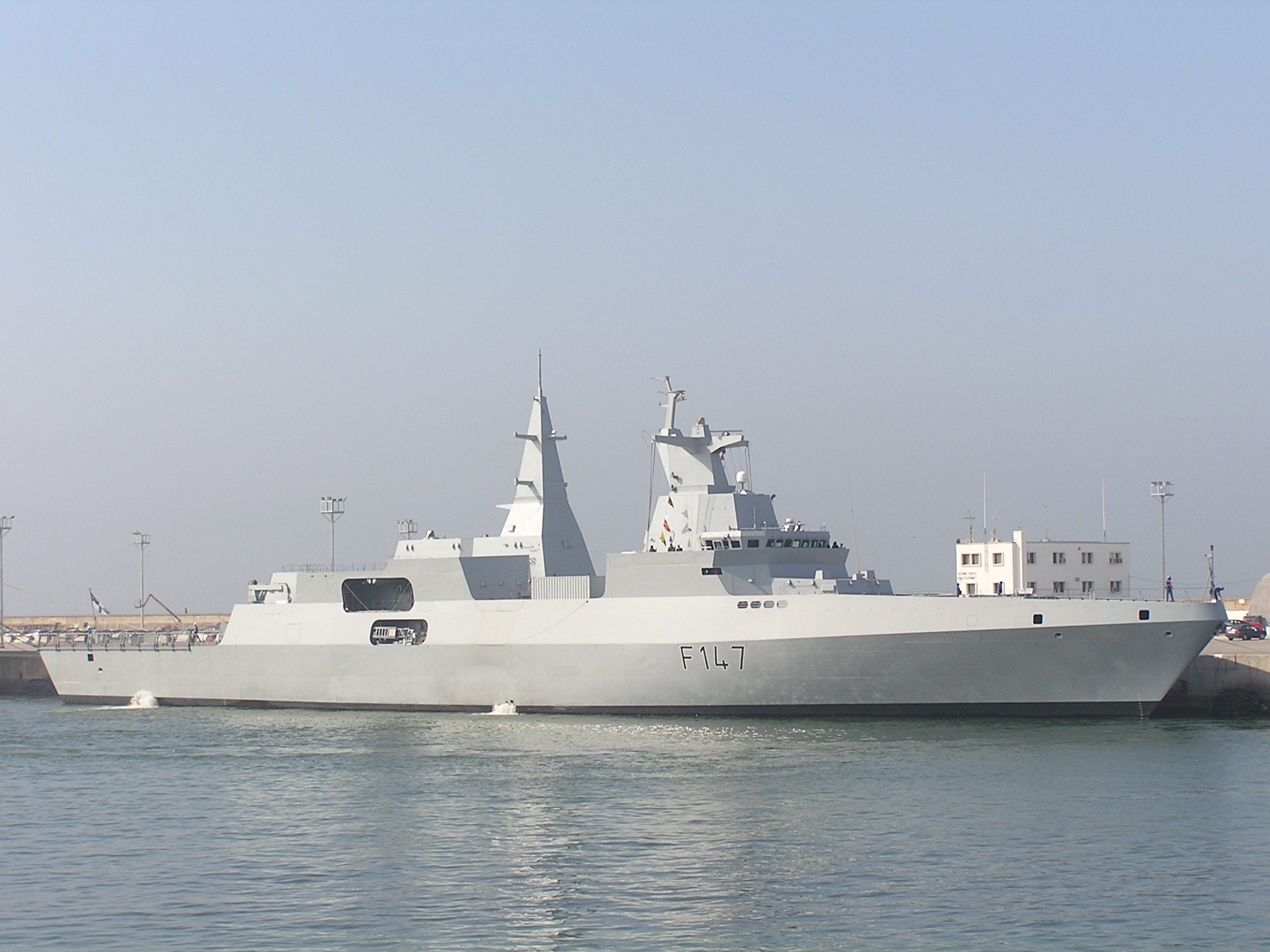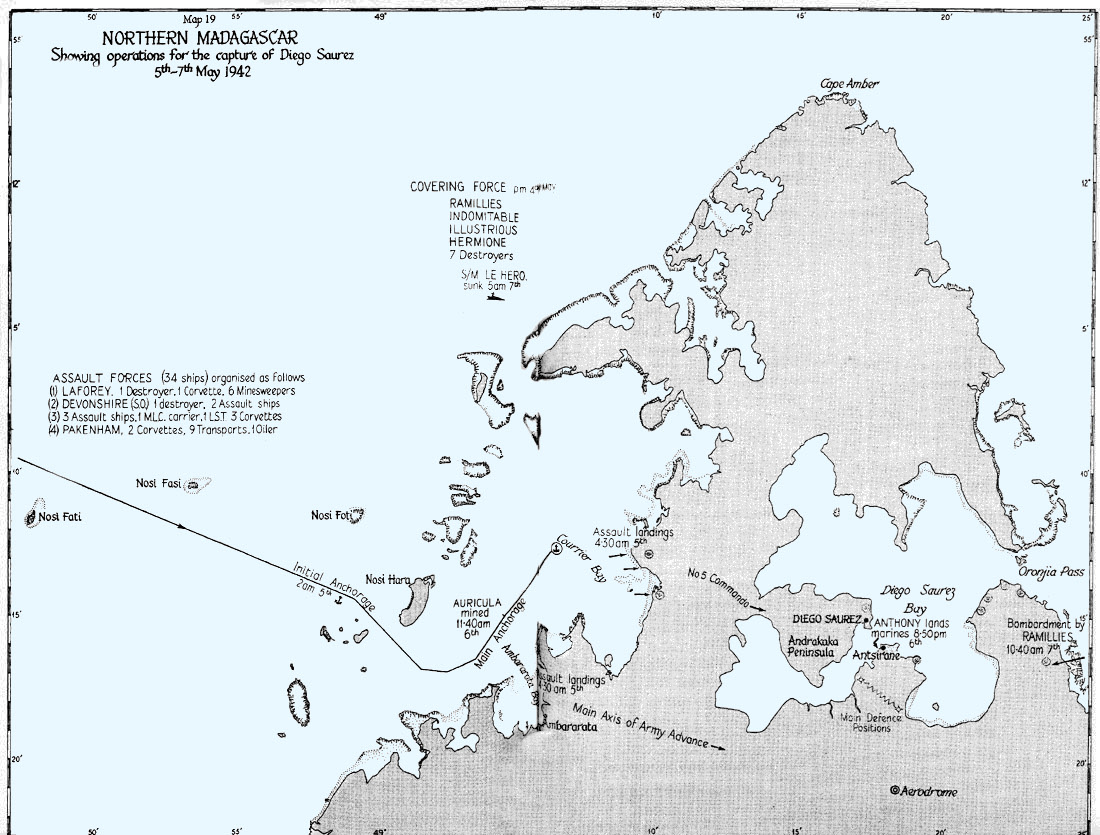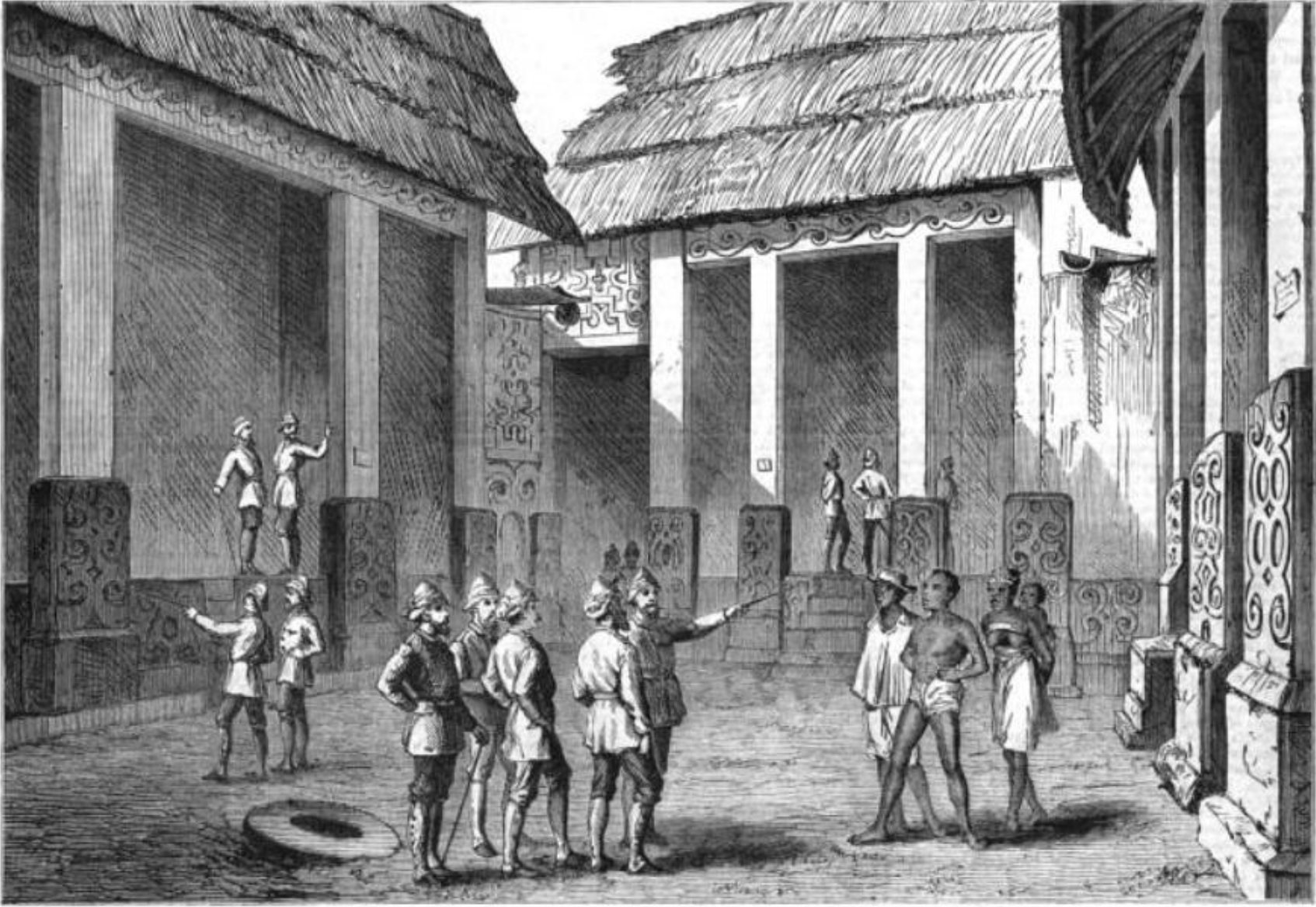|
HMS Active
Twelve ships of the Royal Navy have been named HMS ''Active'' or HMS ''Actif'', with a thirteenth announced: * was a 28-gun sixth rate launched in 1758 and captured in 1778 by two French frigates off San Domingo. * was a 14-gun brig-sloop launched in 1776 and captured in 1780 by the American privateer ''General Pickering'' off New York. * was a 12-gun cutter that entered service in 1779 and surrendered that same year to the French cutter when ''Active'' encountered and was unable to escape the combined Franco-Spanish fleet in the English Channel. The French took her into service as ''Actif'' and later ''Activ No.1'' (1782). She was paid off at Brest in December 1782 and broken up there early the next year. * was a 32-gun fifth rate launched in 1780 and wrecked in 1796 on Anticosti Island at the mouth of the Saint Lawrence River. * was a 14-gun brig-sloop listed in 1782. * was a 16-gun privateer that captured from the French on 16 March 1794; she foundered on 26 November, ... [...More Info...] [...Related Items...] OR: [Wikipedia] [Google] [Baidu] |
Royal Navy
The Royal Navy (RN) is the United Kingdom's naval warfare force. Although warships were used by English and Scottish kings from the early medieval period, the first major maritime engagements were fought in the Hundred Years' War against France. The modern Royal Navy traces its origins to the early 16th century; the oldest of the UK's armed services, it is consequently known as the Senior Service. From the middle decades of the 17th century, and through the 18th century, the Royal Navy vied with the Dutch Navy and later with the French Navy for maritime supremacy. From the mid 18th century, it was the world's most powerful navy until the Second World War. The Royal Navy played a key part in establishing and defending the British Empire, and four Imperial fortress colonies and a string of imperial bases and coaling stations secured the Royal Navy's ability to assert naval superiority globally. Owing to this historical prominence, it is common, even among non-Britons, to ref ... [...More Info...] [...Related Items...] OR: [Wikipedia] [Google] [Baidu] |
Type 31 Frigate
The Type 31 frigate or Inspiration class, and formerly known as the Type 31e frigate or General Purpose Frigate (GPF), is a planned class of frigate intended to enter service with the United Kingdom's Royal Navy in the 2020s alongside the submarine-hunting Type 26 frigate. Designed by Babcock International, it is also marketed under the name Arrowhead 140 and is based on the hull of the frigate. It is intended that the Type 31 frigate will replace some of the general-purpose Type 23 frigates. The Type 31 is part of the British government's "National Shipbuilding Strategy". Development The 2010 Strategic Defence and Security Review (SDSR) authorised the Global Combat Ship (GCS) programme which would replace the Royal Navy's thirteen Type 23 frigates. Earlier that year, BAE Systems was awarded a four-year, £127 million contract by the Ministry of Defence to design the new class. It was planned that two variants of the class would be built: five general purpose frigates and ... [...More Info...] [...Related Items...] OR: [Wikipedia] [Google] [Baidu] |
Arctic Naval Operations Of World War II
The Arctic Circle defining the "midnight sun" encompasses the Atlantic Ocean from the northern edge of Iceland to the Bering Strait in the Pacific Ocean. Military activity in this area between 1939 and 1945 is often consideredRear Admiral Samuel Eliot Morison's definitive ''History of United States Naval Operations in World War II'' includes operations from the north pole southward in the first volume entitled ''The Battle of the Atlantic''. Eligibility for the United States European–African–Middle Eastern Campaign Medal was defined by Executive Order 9265 to include military service aboard a ship operating in the north polar region eastward from the 75th meridian west longitude to the 60th meridian east longitude. part of the Battle of the Atlantic or of the European Theatre of World War II. Pre-war navigation focused on fishing and the international ore-trade from Narvik and Petsamo. Soviet settlements along the coast and rivers of the Barents Sea and Kara Sea relied upo ... [...More Info...] [...Related Items...] OR: [Wikipedia] [Google] [Baidu] |
Battle Of Madagascar
The Battle of Madagascar (5 May – 6 November 1942) was a British campaign to capture the Vichy French-controlled island Madagascar during World War II. The seizure of the island by the British was to deny Madagascar's ports to the Imperial Japanese Navy and to prevent the loss or impairment of the Allied shipping routes to India, Australia and Southeast Asia. It began with Operation Ironclad, the seizure of the port of Diego-Suarez (now Antsiranana) near the northern tip of the island, on 5 May 1942. A subsequent campaign to secure the entire island, Operation Stream Line Jane, was opened on 10 September. The Allies broke into the interior, linking up with forces on the coast and secured the island by the end of October. Fighting ceased and an armistice was granted on 6 November. This was the first large-scale operation by the Allies combining sea, land and air forces. The island was placed under Free French control.Rigge p. 100 Background Geopolitical Diego-Suarez is a l ... [...More Info...] [...Related Items...] OR: [Wikipedia] [Google] [Baidu] |
Operation Rheinübung
Operation Rheinübung ("Exercise Rhine") was the sortie into the Atlantic by the new German battleship and heavy cruiser on 18–27 May 1941, during World War II. This operation to block Allies of World War II, Allied shipping to the United Kingdom culminated with the sinking of the Bismarck, sinking of ''Bismarck''. Background During both World Wars, the island of Britain was dependent upon huge numbers of merchant ships to bring in food and essential raw materials, and protecting this lifeline was one of the highest priorities for British forces. If this lifeline could be severed, the British Empire in Europe would have to either sue for peace; negotiate an armistice; or abandon the British Isles as a base of operations to blockade the sea approaches to Western Europe; giving Germany in effect, complete mastery of Western Europe, with no tactical base in Europe to oppose that control. Germany's naval leadership (under Admiral Erich Johann Albert Raeder) at the time firmly ... [...More Info...] [...Related Items...] OR: [Wikipedia] [Google] [Baidu] |
Battle Of The Atlantic
The Battle of the Atlantic, the longest continuous military campaign in World War II, ran from 1939 to the defeat of Nazi Germany in 1945, covering a major part of the naval history of World War II. At its core was the Allied naval blockade of Germany, announced the day after the declaration of war, and Germany's subsequent counter-blockade. The campaign peaked from mid-1940 through to the end of 1943. The Battle of the Atlantic pitted U-boats and other warships of the German '' Kriegsmarine'' (Navy) and aircraft of the ''Luftwaffe'' (Air Force) against the Royal Navy, Royal Canadian Navy, United States Navy, and Allied merchant shipping. Convoys, coming mainly from North America and predominantly going to the United Kingdom and the Soviet Union, were protected for the most part by the British and Canadian navies and air forces. These forces were aided by ships and aircraft of the United States beginning September 13, 1941. Carney, Robert B., Admiral, USN. "Comment and Discu ... [...More Info...] [...Related Items...] OR: [Wikipedia] [Google] [Baidu] |
Battle Of Jutland
The Battle of Jutland (german: Skagerrakschlacht, the Battle of the Skagerrak) was a naval battle fought between Britain's Royal Navy Grand Fleet, under Admiral John Jellicoe, 1st Earl Jellicoe, Sir John Jellicoe, and the Imperial German Navy's High Seas Fleet, under Vice-Admiral Reinhard Scheer, during the First World War. The battle unfolded in extensive manoeuvring and three main engagements (the battlecruiser action, the fleet action and the night action), from 31 May to 1 June 1916, off the North Sea coast of Denmark's Jutland Peninsula. It was the largest naval battle and the only full-scale clash of battleships in that war. Jutland was the third fleet action between steel battleships, following the Battle of the Yellow Sea in 1904 and the Battle of Tsushima in 1905, during the Russo-Japanese War. Jutland was the last major battle in history fought primarily by battleships. Germany's High Seas Fleet intended to lure out, trap, and destroy a portion of the British Grand ... [...More Info...] [...Related Items...] OR: [Wikipedia] [Google] [Baidu] |
Anglo-Ashanti Wars
The Anglo-Ashanti wars were a series of five conflicts that took place between 1824 and 1900 between the Ashanti Empire—in the Akan interior of the Gold Coast—and the British Empire and its African allies. Though the Ashanti emerged victorious in some of these conflicts, the British ultimately prevailed in the fourth and fifth conflicts, resulting in the complete annexation of the Ashanti Empire by 1900. The wars were mainly due to Ashanti attempts to establish a stronghold over the coastal areas of present-day Ghana. Coastal peoples such as the Fante and the Ga came to rely on British protection against Ashanti incursions. Earlier wars The British fought three earlier wars in the Gold Coast: In the Ashanti-Fante War of 1806–07, the British refused to hand over two rebels pursued by the Ashanti, but eventually handed one over (the other escaped). In the Ga-Fante War of 1811, the Ashanti sought to aid their Ga allies in a war against the Fante and their British allie ... [...More Info...] [...Related Items...] OR: [Wikipedia] [Google] [Baidu] |
Action Of 29 November 1811
The action of 29 November 1811 was a minor naval engagement fought between two frigate squadrons in the Adriatic Sea during the Adriatic campaign of the Napoleonic Wars. The action was one of a series of operations conducted by the British Royal Navy and the French Navy to contest dominance over the Adriatic between 1807 and 1814. During this period the Adriatic was surrounded by French territory or French client states and as a result British interference was highly disruptive to the movement of French troops and supplies. The action came over eight months after the British had achieved a decisive victory over the French at the Battle of Lissa and was the first squadron action since that engagement. The action of November 1811 was the result of the British interception of a French military convoy traveling from Corfu to Trieste with a consignment of cannon, and resulted in a British victory, only one French ship escaping capture by the British force. It has been suggested ... [...More Info...] [...Related Items...] OR: [Wikipedia] [Google] [Baidu] |
Battle Of Lissa (1811)
The Battle of Lissa, also known as the Battle of Vis (french: Bataille de Lissa; it, Battaglia di Lissa; hr, Viška bitka) was a naval action fought between a British frigate squadron and a much larger squadron of French and Italian frigates and smaller vessels on Wednesday, 13 March on 1811 during the Adriatic campaign of the Napoleonic Wars. The engagement was fought in the Adriatic Sea for possession of the strategically important Croatian island of Vis (''Lissa'' in Italian), from which the British squadron had been disrupting French shipping in the Adriatic. The French needed to control the Adriatic to supply a growing army in the Illyrian Provinces, and consequently dispatched an invasion force in March 1811 consisting of six frigates, numerous smaller craft and a battalion of Italian soldiers. The French invasion force under Bernard Dubourdieu was met by Captain William Hoste and his four ships based on the island. In the subsequent battle, Hoste sank the French flag ... [...More Info...] [...Related Items...] OR: [Wikipedia] [Google] [Baidu] |
Battle Of Abukir (1801)
The Battle of Abukir of 8 March 1801 was the second pitched battle of the French campaign in Egypt and Syria to be fought at Abu Qir on the Mediterranean coast, near the Nile Delta. The landing of the British expeditionary force under Sir Ralph Abercromby was intended to defeat or drive out an estimated 21,000 remaining troops of Napoleon's ill-fated invasion of Egypt. The fleet commanded by Baron Keith included seven ships of the line, five frigates and a dozen armed corvettes. With the troop transports, it was delayed in the bay for several days by strong gales and heavy seas before disembarkation could proceed. The French garrison of Alexandria under General Friant, some 2000 French troops and ten field guns in high positions took a heavy toll of a large British force disembarking from a task-force fleet in boats, each carrying 50 men to be landed on the beach. The British then rushed and overwhelmed the defenders with fixed bayonets and secured the position, enabling an o ... [...More Info...] [...Related Items...] OR: [Wikipedia] [Google] [Baidu] |
Battle Of Camperdown
The Battle of Camperdown (known in Dutch as the ''Zeeslag bij Kamperduin'') was a major naval action fought on 11 October 1797, between the British North Sea Fleet under Admiral Adam Duncan and a Batavian Navy (Dutch) fleet under Vice-Admiral Jan de Winter. The battle was the most significant action between British and Dutch forces during the French Revolutionary Wars and resulted in a complete victory for the British, who captured eleven Dutch ships without losing any of their own. In 1795, the Dutch Republic had been overrun by the army of the French Republic and had been reorganised into the Batavian Republic, a French client state. In early 1797, after the French Atlantic Fleet had suffered heavy losses in a disastrous winter campaign, the Dutch fleet was ordered to reinforce the French at Brest. The rendezvous never occurred; the continental allies failed to capitalise on the Spithead and Nore mutinies that paralysed the British Channel forces and North Sea fleets during th ... [...More Info...] [...Related Items...] OR: [Wikipedia] [Google] [Baidu] |








